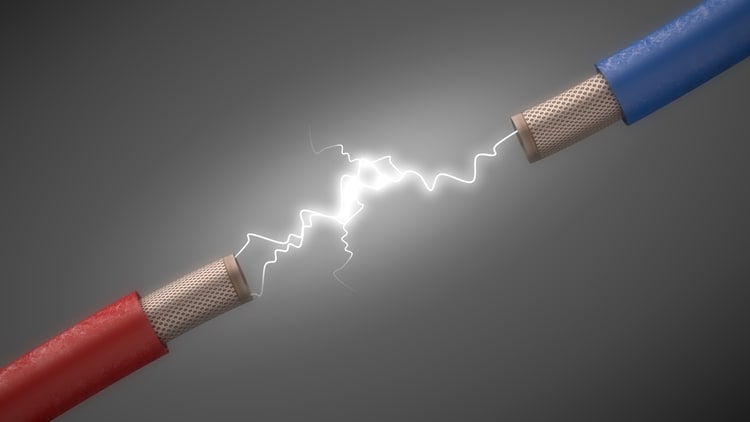The Major Changes to the Cable Industry

Some big changes turned the cable industry on its head this year. How we consume content has changed dramatically in just a few years, and providers have scrambled to find solutions to this uniquely modern challenge. That on-the-go trend is driving the major developments that will shape the industry over the next few decades.
Shorter Content
One of the big demands from millennials includes shorter episodes that match the 6-10 minute length common on platforms like YouTube. This seems to fit with the growth in smartphone and tablet usage, which is the ideal format for these short form shows.
This shorter content means advertisers must experiment and become more intimate with their audience. Traditional, long format shows might have had two to three commercial breaks. Today’s videos on demand might only have one 15-second ad spot with another banner ad on the side.
Greater Access
Millennial viewers have driven cable providers to offer more access through the smartphone. Most services now offer live TV anywhere you go, with the option to subscribe to alternative services for specific content.
Live sports are now easier to find from a variety of access points, including streaming online, which has made the cost of being a fan more affordable. There are also rumors of 5G deployment coming as soon as 2018. With increased bandwidth, access to high-quality streaming improves across all devices.
Bundle Access
Today, Netflix, Hulu and Amazon help distribute content, with other services offering access to a particular type of content. For example, Crunchyroll is a destination for Japanese animation while Filmstruck offers streaming of Turner Classic Movies' archive and every Criterion collection film ever released.
At the same time, cable companies are slimming down bundle offers and slowly killing off underperforming channels. There is simply too much TV, and consumers are making it clear that they don’t want to pay for content they don’t consume.
In a way, the average cable bill has become distributed across various services offering viewers the content they want to see. As a result, cable companies may need to focus on infrastructure to maintain delivery of this content.
Shifting to Software
The cable box was the almighty ruler of the living room for some time, but the greater number of devices used to access live television means there’s been a shift to software. This is a good thing for consumers. Costly hardware won’t be a factor in future cable bills, and users will have greater freedom of choice to choose their own devices.
On the Horizon
VR and wearable technology are the big unknown right now because they aren’t traditional devices for delivering media. Those who can discover how to produce content tailored for these unique experiences, and deliver it effectively, will see a big boost alongside consumer adoption. For now, the focus for the industry appears to be on content production with a hint of faster connectivity to come.
